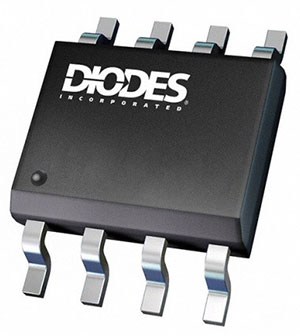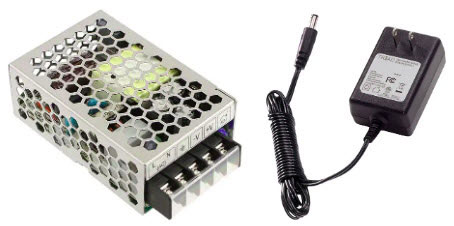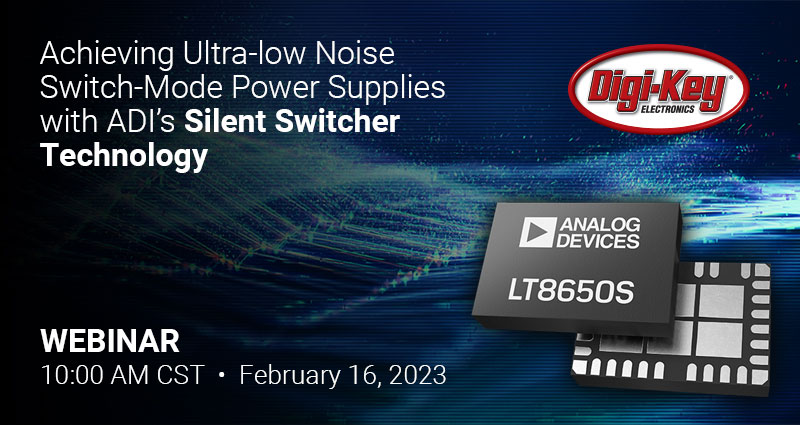Guide to Selecting Buck Converters
If you have ever designed a power system, you know the pains of modulating output and input voltage. The restraints of linear regulation have been addressed with buck regulators. Whether you are “bucking the trend” (shout out to the original term origins!) with a buck converter or prefer to call it a step-down converter, these are essential components in the design process. These devices take a higher input voltage and convert it to a lower output voltage by chopping it up and rapidly switching the output power transistor on and off. By doing this, you can avoid any excess heat generation problems and create a square wave. Finally, you can utilize an LC filter to smooth it back into a DC voltage on the output of the filter.
Having better information regarding potential applications and information regarding converter features is key to deciding which DC-DC buck converter is right for your project. This blog is meant to help provide that for you, specifically focusing on Diodes Incorporated DC-DC Buck converters.
 A typical AP64352. (Image source: Diodes Incorporated)
A typical AP64352. (Image source: Diodes Incorporated)
Take, for instance, the AP64352 3.5 A synchronous buck converter. This device has a wide input voltage range of 3.8 V to 40 V and fully integrates a 75 mΩ high-side power MOSFET and a 45 mΩ low-side power MOSFET to provide for high-efficiency. The AP64352 utilizes peak current-mode control, which minimizes the external component count needed for operation. Additionally, the switching frequency is adjustable between 100 kHz to 2.2 MHz, allowing the designer to choose which frequency is most appropriate for their application.
To combat being a source of Electromagnetic Interference (EMI), the AP64352 incorporates a proprietary gate driver scheme that resists switching node ringing, reducing MOSFET switching high-frequency radiated EMI noise. Additionally, EMI is mitigated by the use of a Frequency Spread Spectrum (FSS) feature that has a switching frequency jitter of ±6%. This reduces EMI by not allowing emitted energy to stay in any one frequency for a significant period.
The proprietary gate driver scheme also enables the AP64352 to operate in Low-Dropout (LDO) mode. This allows for operation at near 100% duty cycle for high efficiency and more consistent performance.
The AP64352 also features some protection circuitry, including Undervoltage Lockout (UVLO), Output Overvoltage Protection (OVP), Cycle-by-Cycle Peak Current Limit, and Thermal Shutdown.
Potential applications for the AP64352 include distributed power bus supplies (5 V, 12 V, and 24 V), power tools, laser printers, white goods & small home appliances, home audio, network systems, consumer electronics, and general-purpose point of load.
This device is also available in an AEC-Q100 version, the AP64352Q. This version is ideal for use in automotive 12 V power systems, infotainment, instrument clusters, body electronics and lighting, telematics, and advanced driver assistance systems.
Diodes Incorporated offers many other DC-DC buck regulators. Devices like the AP64352 discussed above with a 3.8 V to 40 V input, or others with a 3.8 V to 32 V input, 4.2 V to 18 V input, and 2.3 V to 5.5 V input. Both consumer and automotive versions are available in each voltage range.
With DC-DC converters offering an improved solution over the equivalent regulator circuit, Diodes offers the product you need. Diodes and DigiKey give you a wide range of cost-effective, design flexible, high-efficiency solutions that can be the key to completing your design.

Have questions or comments? Continue the conversation on TechForum, DigiKey's online community and technical resource.
Visit TechForum












